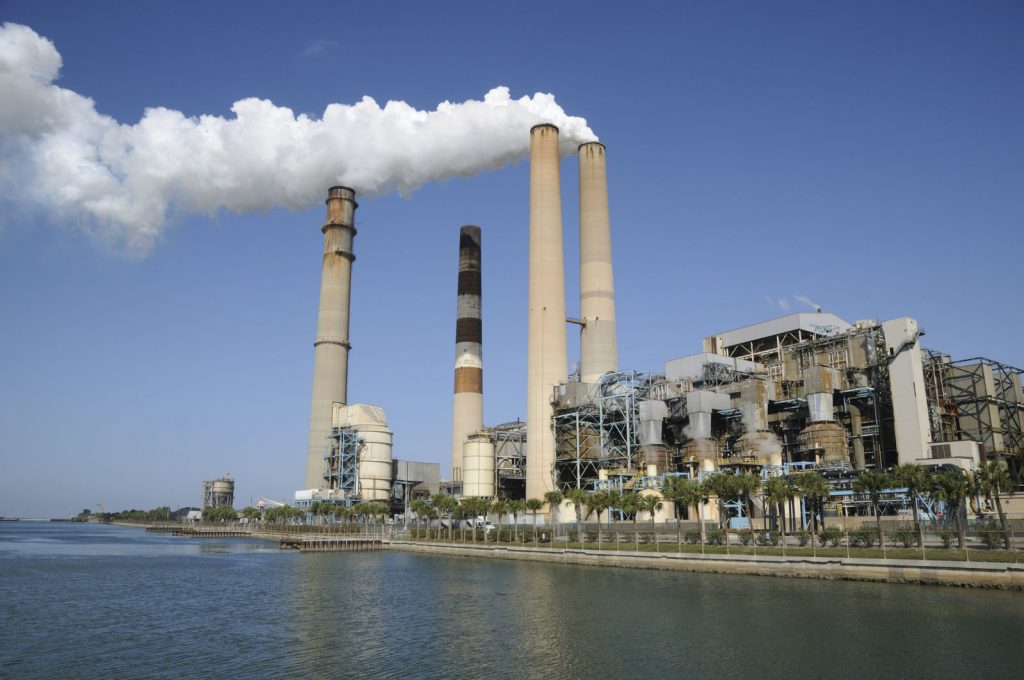Environmental justice council recommends strict soot and ozone standards
FOR IMMEDIATE RELEASE
July 25, 2023
CONTACT
Dan Radmacher, Media Specialist, dan@appvoices.org
WASHINGTON, D.C. — The White House Environmental Justice Advisory Council submitted a letter to the Biden administration highlighting the disproportionate impact of fine particulate matter and ozone pollution on low-income communities and communities of color and requesting the administration adopt a more stringent update to the National Ambient Air Quality Standards than currently proposed for fine particulate matter. The council also asked the administration to adopt standards at the low end of an upcoming recommendation for ozone.
The council voted unanimously on June 15 to send the letter, which was recently finalized and submitted to the U.S. Environmental Protection Agency and the White House Council on Environmental Quality on July 19.
“The public health impacts and environmental justice disparities at issue here are horrible — but the improvements that can be made with sufficiently stringent standards and better enforcement are tremendous,” said Appalachian Voices Executive Director Tom Cormons. “The science, the law and the president’s recent executive order, ‘Revitalizing Our Nation’s Commitment to Environmental Justice for All,’ require action in line with the severity of these disparate impacts.”
The council, established by an executive order signed by President Joe Biden in the first days of his term to enhance the federal government’s efforts to address environmental justice, includes members from around the nation with expertise in environmental justice, climate change, racial inequity and other areas. Cormons and Dr. Nicky Sheats, Director of the Center for the Urban Environment at the John S. Watson Institute for Urban Policy and Research, and Member of the New Jersey Environmental Justice Alliance, led the ad hoc working group that developed the letter.
“Strengthening the fine particulate matter national ambient air quality standards as much as possible, especially in communities Of Color and communities with low income, is a critical component of efforts to address disproportionate pollution burdens in these environmental justice communities,” said Sheats.
“This call to action to EPA to create the strongest NAAQS standards is personal,” said LaTricea D. Adams, Founder CEO & President, Black Millennials 4 Flint. “In December 2022, my father passed away from a heart attack. The majority of his life was spent living in a frontline community filled with pollution from an oil refinery in the middle of a majority Black residential neighborhood. For me, this letter is a demand to listen to the voices of frontline communities like mine. The EPA — this entire administration — has a moral obligation to protect the air that we breathe and I pray that they stand on the side of environmental justice.”
“It is absolutely necessary that EPA adopt more stringent NAAQS,” said Angelo Logan, Co-Founder and Member of East Yard Communities for Environmental Justice and Senior Director of Environmental and Climate Justice for the Liberty Hill Foundation. “Our families, friends and communities depend on healthy air, but the NAAQS are only effective if they are enforceable. It is outrageous that there are many areas in the US that have not met these health protective measures. EPA must recognize this and pull all the stops to fix this unacceptable problem.”
In the letter, the council notes that airborne fine particulate matter, also known as soot or PM2.5, and ozone pollution remain “major public health menaces in the United States” with impacts that fall disproportionately on environmental justice communities.
Exposure to soot causes hundreds of thousands of premature deaths, asthma attacks, hospitalizations and emergency room visits for cardiopulmonary diseases; exposure is also linked to increased rates of infant mortality, diabetes and cognitive impairment. Ozone causes breathing difficulties, is a major trigger of asthma attacks and is also likely to cause children to develop asthma. Both particulate matter and ozone pollution are a result of pollutants emitted from fossil fuel combustion from power plants, vehicles and factories, other industrial activities and many other sources.
More than 63 million people in the United States experience unhealthy spikes in daily soot pollution, and communities of color are disproportionately exposed to higher than average levels of this dangerous pollutant. Mortality attributed to PM2.5 among Black Americans is more than triple the rate for white Americans.
The council asked the U.S. Environmental Protection Agency to lower the annual soot standard from the current 12 micrograms per cubic meter to 8 micrograms per cubic meter. The agency is currently proposing a less stringent standard of 9 to10 micrograms per cubic meter. The more stringent standards could save 20,000 additional lives, according to an analysis by Industrial Economics, Incorporated. Moreover, only a sufficiently strong standard will begin to seriously address the immensely disparate impact experienced by environmental justice communities. Therefore, the council also suggested that if EPA decides not to adopt the lower particulate matter standard for all communities, it should adopt that standard for environmental justice communities. Acknowledging that might be a “novel suggestion,” the council said it was “justified by EPA’s acknowledgement that PM2.5-related racial and income disparities exist in our nation and would be reduced by tightening” the standard.
In addition, the council suggested that EPA should set the primary ozone standard at the low end of the range that will be recommended in an upcoming review by the EPA’s Clean Air Scientific Advisory Committee.
Appalachian Voices monitors airborne particulate matter in communities impacted by the mining and burning of coal, and works with residents of these areas to pursue regulatory action to improve air quality. In July 2022, Appalachian Voices was among more than 100 grassroots organizations across the country that sent a letter to EPA Administrator Michael Regan urging him to enact an annual average PM2.5 standard of 8 micrograms per cubic meter.



